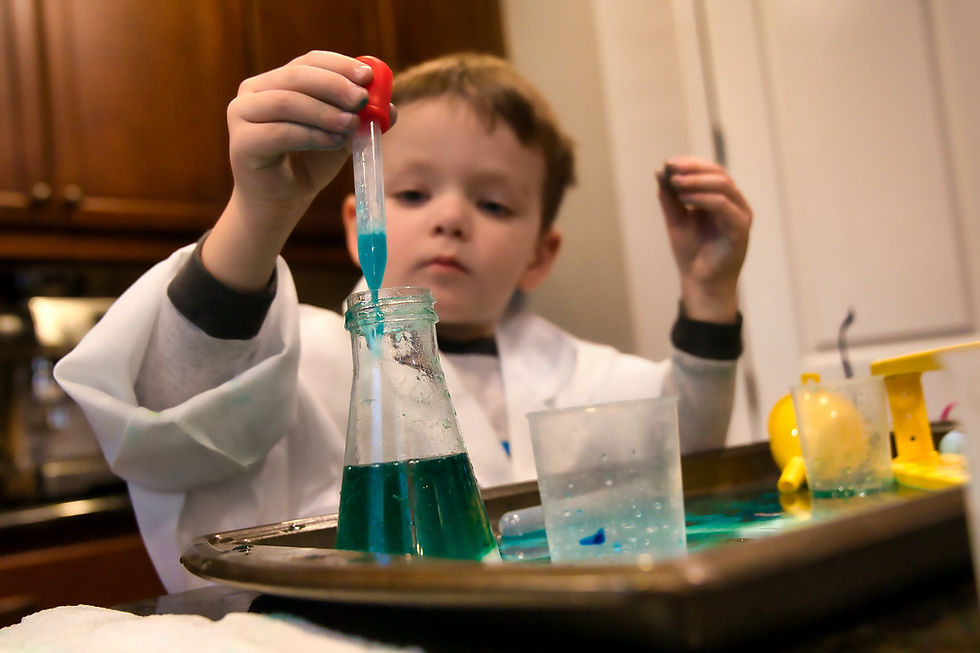Shifting Our Mindsets for a Better Future
- Surf Skate Science
- Sep 25, 2024
- 2 min read
As parents and educators, we face a critical moment in history: the need to rethink how we approach everyday choices to create a better, more sustainable future for our children.
The conveniences of modern life, like plastic products and cars, were designed to make life easier. Yet, these innovations have led to unforeseen consequences that are overwhelming our environment.

Today, plastic is found in every sea animal treated locally, and our reliance on modern transportation significantly contributes to warming our atmosphere and oceans. The reality is that these problems affect our health, wildlife, coral reefs, and more. But the challenge is enormous—try to go a single day without using plastic or transportation. It’s everywhere, and it feels impossible to imagine life without them. Changing our habits and mindset requires a massive shift, but it’s one we can’t afford to ignore. The solutions aren’t just about stopping plastic production or establishing better public transportation; they’re about changing how we think, act, and advocate for a sustainable future.

Climate education plays a crucial role in this transformation. It’s more than just understanding the science of climate change; it’s about connecting history, economics, civics, and arts to show the multifaceted nature of this crisis. We must help our kids understand that their choices today shape the world of tomorrow. Teaching climate literacy equips students with the skills to advocate for change and find innovative solutions.
Historically, environmental education has evolved from thinkers who advocated for nature study to the modern climate education movement. Key moments like the first Earth Day in 1970, the establishment of the Office of Environmental Education, and international conferences have highlighted the need for a global response to environmental issues. But today our poticial shifts have made these difficult to address. However, the future of our planet is not a political issue. It is something we must all address.
Today, this educational approach is more important than ever.
Surf Skate Science is on a mission to address these three pillars of environmental education!
Climate Mental Well-Being: Students are increasingly anxious about change in our climate and our environment, feeling overwhelmed by the enormity of the problem. By providing accurate and hopeful information and integrating social-emotional learning (SEL), we can help our youth manage their anxieties and foster resilience.
Green Muscle Memory: Just as children learn safety habits through repetition, education about our evironmental impact can instill environmentally friendly behaviors that become second nature for their lifetime. This is crucial as it not only drives long-term changes in their personal habits and but inspires them to contribute to community-wide actions.
Climate Solutions: Green Skills and Technology: The shift to a green or circular economy presents vast opportunities for the future workforce. By exposing students to STEAM skills early, we can help them pursue careers that will shape a sustainable and brighter future.

We need to make a change! By incorporating environmental education across subjects and connecting it to real-world applications. It is our responsibility to encourage the next generation to think critically, act responsibly, and advocate passionately for their futures. By learning from the past and embracing innovative thinking, we can create a better world for our kids and inspire the next generation of problem solvers.

Comments